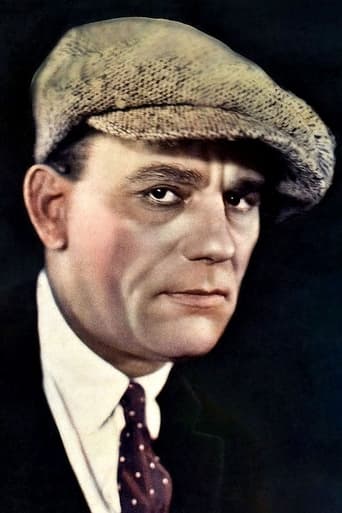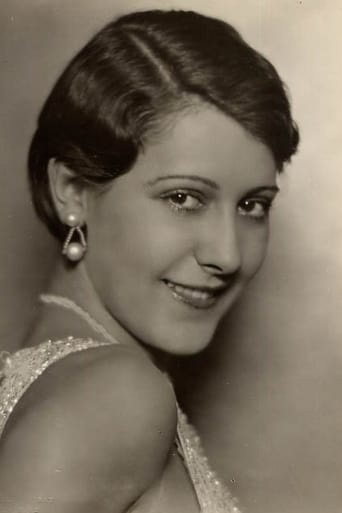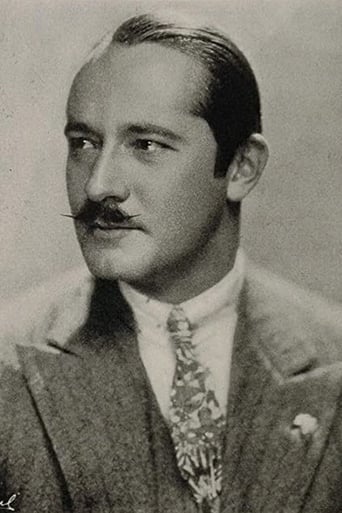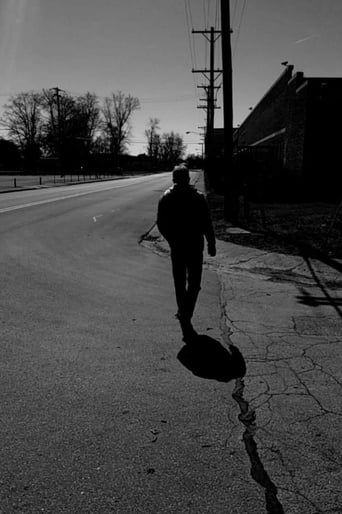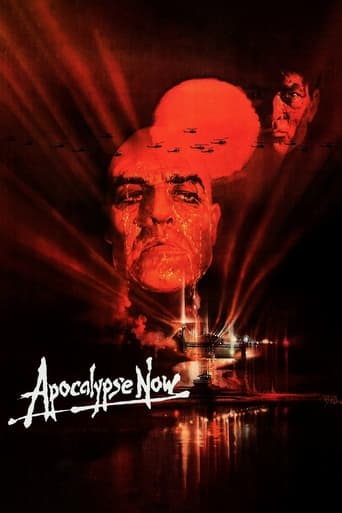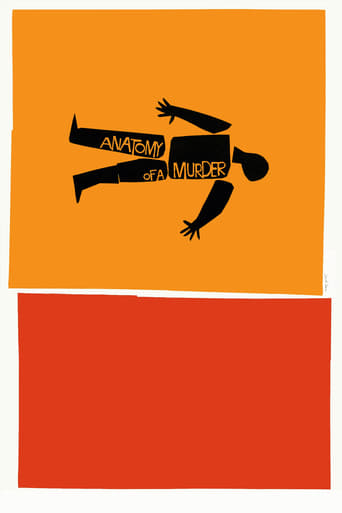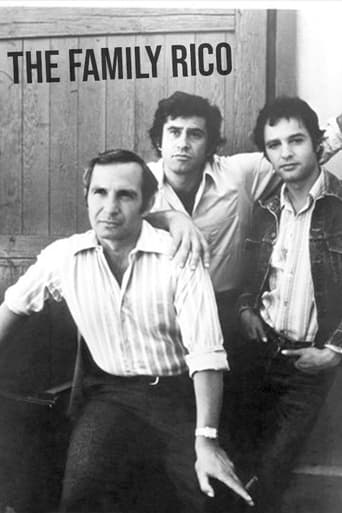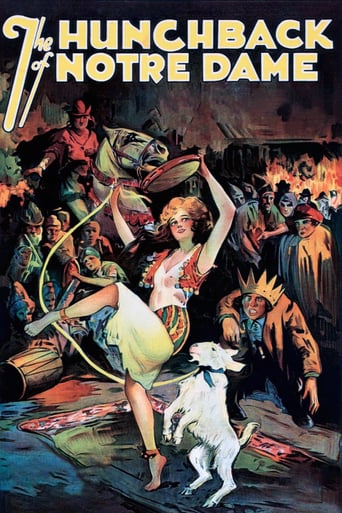
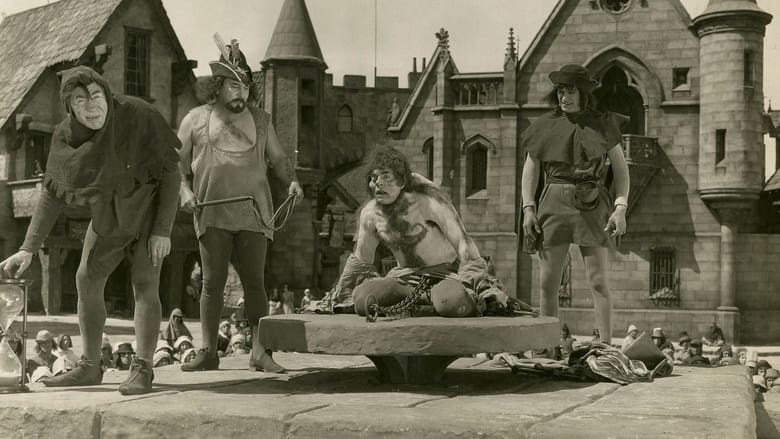
The Hunchback of Notre Dame (1923)
In 15th century France, a gypsy girl is framed for murder by the infatuated Chief Justice, and only the deformed bellringer of Notre Dame Cathedral can save her.
Watch Trailer
Cast


Similar titles
Reviews
When I marathon the Universal Monster movies, this one usually ends up left out. If I was smart, I would say that "Hunchback of Notre Dame" isn't a horror film, instead a period melodrama. While Quasimodo is frequently featured next to Frankenstein and Dracula, the film is low on horror content. The truth is I remember disliking the movie and felt no reason to revisit it. Leaving "Hunchback" out all-together isn't fair though. After all, "Dracula" and "Frankenstein" wouldn't have happened without it.The movie is beholden to the conventions of Hugo and Laemmle. Despite getting title billing, the hunchback isn't featured in large portions of the film. The gypsy Esmeralda's love affair with the captain of the guard Phoebus takes up half the run-time. Hugo's themes of social unrest take stage in this subplot. Esmeralda's adopted father, Clopin, king of the gypsies, plots revolution against the apathetic king. His daughter falling in love with a noble doesn't sit well with the guy. The themes of the haves versus the have-nots are never more apparent then in the scene where Clopin and his thieves storm Phoebus' party. The poor stand on one side of the ballroom, clothed in rags, the rich on the other, in elegant gowns. Even Quasimodo is a gear in the machine of social hierarchy. The film's villain controls the hunchback. When the gypsy girl flares Frollo's lust, he forces Quasimodo to kidnap her. Caught by the guards, the deformed servant suffers for his master's crimes. The hunchback turning against his boss is indicative of the story's overall themes of revolt.Potentially interesting themes are undermined by the commitment to melodrama. Differing from the novel, Esmeralda is saved from the gallows. Following the novel, she is actually royalty, the daughter of a rich woman, kidnapped as an infant by gypsies, her birth mother driven mad by the lost. This information is delivered flatly by a very knowledgeable, exposition-prone bit player. Esmarelda's true identity as a princess doesn't affect the plot much. Frollo's villainous machinations and Quasimodo's rebellion are motivated by their passion for the girl. This would probably be fine if the character had more depth. Patsy Ruth Miller looks elegant but the character is pushed around by the whims of the plot. Phoebus, a cynical womanizer in the novel, is transformed into a bland romantic hero, practically obsessed with the girl. The story of class warfare gets lost amidst the romantic entanglements and period grandeur. Hugo's criticism of the Catholic Church is excised totally, Archdeacon Claude Frollo becoming a kind man of the cloth. The role of villain is shifted to his brother, Jehan. Despite this, Brandon Hurst's performance is a highlight, sneering and glaring from under his cap. Even Hurst gets a romantic moment, confessing his love to the girl in her dungeon prison.Even if he isn't the main character, Quasimodo is the most interesting character. Lon Chaney's performance is legendary. Performing under extensive make-up and a fifteen-pound silicon hump, he conveys pathos with only his body language. The moment when Esmarelda comes to the hunchback's aid as he suffers on the pillory is touching strictly because of Chaney, gratitude clearly visible on his face. Chaney vends the hunchback's love with longing looks, selling the romance better then the script can. Quasi's last act before he dies is to ring the bells, celebrating Phoebus and Esmarelda's love, another memorable moment. Chaney overacts at times, sticking his tongue out and grasping his hands. Still, his performance is probably the best thing about the film. Especially since Quasimodo's evolution to anti-hero is a bit rough. Dropping wooden pillars and boiling lead on innocent, rioting gypsies doesn't exactly endear him to the audience."Hunchback of Notre Dame" isn't a horror film but is still visually spectacular. The sets of Notre Dame are beautiful and moody, Gothic arches echoing through the entire church. The Court of Miracles is another fantastic set, teeming with life in cramped, rocky locations. People in ghoulish skeletons costumes dance out from under dark bridges. Deep shadows seal the eerie atmosphere. An extended visit to a torture chamber is another effective, horrific scene. Ultimately, these elements sell me on the movie, not the overwritten, routine story. I probably prefer Disney's version and the Charles Laughton take appears to be the most critically acclaimed but 1923's "Hunchback" endures for a reason.
. . . as the main villain of Victor Hugo's original novel, Capt. Phoebus, GETS THE GIRL HERE, and poor Quasimodo dies of knife wounds and falling 150 feet, NOT romantically of a broken heart in the arms of his beloved, Esmeralda, as is the case in the REAL, better plot line. But as Hollywood illustrated more recently in the Demi Moore remake of THE SCARLET LETTER, they've never been unwilling to hire "writers" with second-grade educations to "improve" master works by literary giants such as Hugo, Nathaniel Hawthorne, Joseph Conrad, Mark Twain, Washington Irving, William Shakespeare, Margaret Mitchell, James Fenimore Cooper, Charles Dickens, and whoever else is in that famous deck of cards. Poll the American public on how many kids Scarlett O'Hara had in real life, and 99% of the answers would be "one"--since that's the number shown on-screen during the four hours of GONE WITH THE WIND, and the percentage of movie watchers too lazy to read an 1,100-page book and willing to trust Hollywood would NOT leave out anything important in a flick titled after a seminal book, such as Scarlett's OTHER kids! Now I'm not saying that I would be anymore up for a goat hanging than the next person, but it's certainly more than irritating to have director Wallace Worsley and the writing team of Perley Sheehan-Edward Lowe, Jr. turn Hugo's pathos into Disney cartoon-like bathos.
This movie is an awesome production from start to finish. When there's a mob scene, it's a full tilt mob. The "Court of Miracles" is really populated by hundreds of Paris' "down and outs." Watching the hunchback navigate the façade of Notre Dame is breathtaking. Universal spared nothing making this picture, and it shows. And of course, Lon Chaney as the hunchback was both believable and repulsive.I cannot add much that hasn't already been said. I cannot recommend this movie highly enough, from viewpoints of both historical importance and pure entertainment. Finally, I recommend checking out Charles Laughton as the hunchback in the 1939 version; it too is a superb interpretation of Hugo's novel.
Victor Hugo's classic story "Notre Dame de Paris", or as it's more commonly known as "Hunchback of Notre Dame", was filmed in Hollywood as early as in the 1920's, during the era of silent films. The result is one of the biggest silent film productions, with a budget of over one million dollars and a team of hundreds.If there ever comes a moment when you think that silent films are really primitive and don't have much a quality, just take a one look of this classic and dare to think so again. The sets of the 15'Th century Paris, along with very detailed replica of Notre Dame Cathedral, are absolutely stunning to view, even in this day. The actor's are overall all doing a superb job and the director, Wallace Worsley, keeps the entire production nicely together.Hugo's story has gone through some changes, producers probably thinking that they can't let every character in the film die. So unlike in the book Phoebus is presented as a really chivalrous good guy. Not wanting to anger church by making a priest the bad guy of the film, Claude Frollo is a good archdeacon of Notre Dame, whereas his not-so-good brother Jehan is the scumbag lusting after Esmeralda. On the other hand, film does also have some scenes and elements from the book that other movie versions have failed to show, for example the crazy old woman living in cathedral has never appeared in any other film. Also not many versions tend to show Quasimodo's acrobatic skills of jumping from one gargoyle to another, but this film has one amazing scene where he literally climbs down from the bell tower to the streets of Paris.19 years old Patsy Ruth Miller is both beautiful and innocent in her demanding role as Esmeralda, and her performance just might be the most closest to Hugo's book. Norman Kerry starts in the film as a bit too egoistic Phoebus but soon turns into a good guy and delivers an okay performance. Ernest Torrence is fantastic as Clopin, king of the beggars, who dreams of better times for his "people" and Raymond Hatton delivers the only genuinely funny Gringoire performance I've seen, most memorable the scene where he tries to eat from Phoebus' table. Nigel De Brulier plays the saint-like good archdeacon and Brandon Hurst his evil, wicked brother. Both men are fine in their roles and I think either one could have also survived a more faithful performance as Frollo, if the character had been kept like in the book.But seriously, the true star of this movie is Lon Chaney as Quasimodo. Although Chaney had appeared in numerous films before "Hunchback", it was the role of Quasimodo that finally brought the much deserved recognition for "the Man of Thousand Faces". The makeup that Chaney designed for himself alone is impressive, with deformed face and heavy hunch, but to be able to perform so many emotions through that makeup and without a sound truly amazing work, even better than Charles Laughton. The most touching moment of the film is when Esmeralda softly strokes Quasimodo's head and Chaney shows so many emotions while doing very little. Also Quasimodo's death scene has never been as touching as in this movie. Chaney would couple years later play the title character in "the Phantom of the Opera", the film he is best remembered from. Yet he does deserve equal amount of good credit from his role as Quasimodo.Although often marketed as "early horror film", the silent version of "Hunchback of Notre Dame" is most of all a historical drama. It's certainly not the most faithful version to the Hugo's book and is pretty long film also, over two hours. However it's also visually and technically stunning film and has a great casting. Recommended to both silent film lovers and the fans of Victor Hugo's works.


